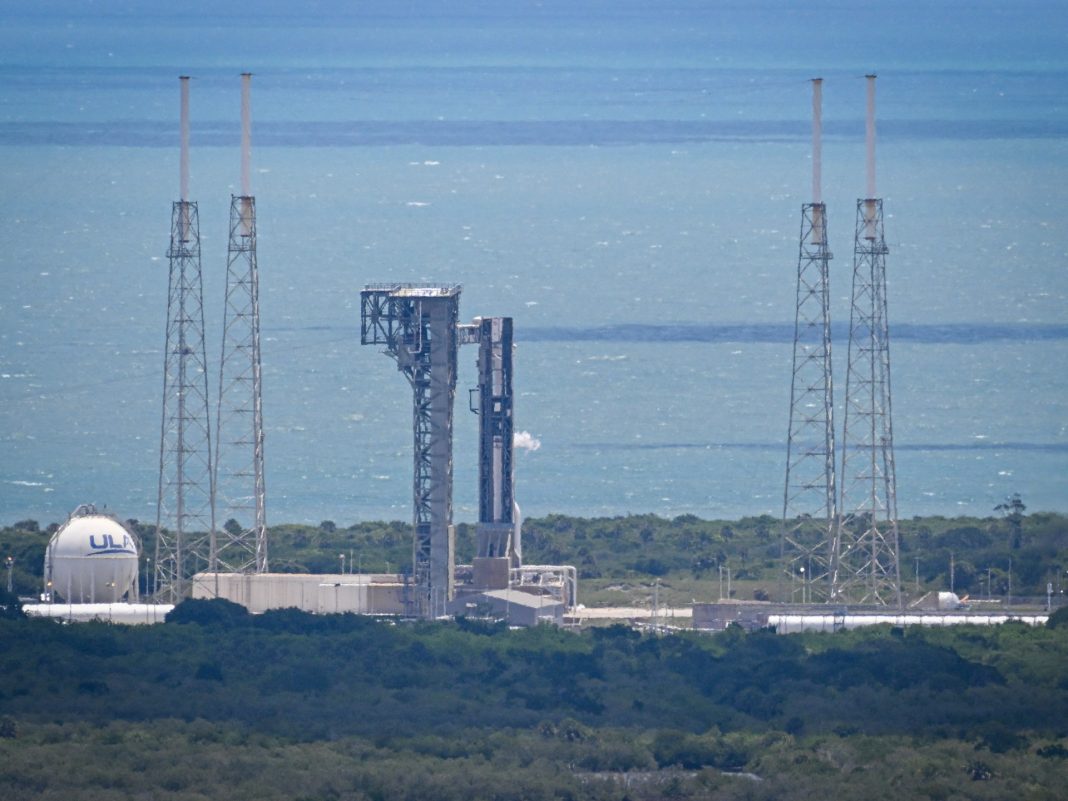The space capsule will carry a two-person team to the International Space Station (ISS).
The launch countdown for Boeing’s new Starliner space capsule on its inaugural crewed test flight has been halted, postponing the mission for at least 24 hours.
The postponement was announced during a live NASA webcast on Saturday.
Earlier, launch forecasts had called for a 90 percent chance of favourable weather conditions.
However, less than four minutes prior to liftoff, a ground system computer triggered an automatic abort command that paused the countdown clock, according to mission officials.
The reason for the halt remains unclear.
.@NASA, @BoeingSpace , and @ulalaunch (United Launch Alliance) scrubbed today’s launch opportunity due to the computer ground launch sequencer not loading into the correct operational configuration after proceeding into terminal count. The ULA team is working to understand the… pic.twitter.com/pKkS6cdxYO
— NASA Space Operations (@NASASpaceOps) June 1, 2024
The CST-200 Starliner’s first voyage carrying two astronauts, Butch Wilmore and Suni Williams, to the International Space Station (ISS) has been highly anticipated and much-delayed as Boeing scrambles to gain a greater share of lucrative NASA business now dominated by Elon Musk’s SpaceX.
Mission commander Wilmore had earlier given a short but rousing speech telling tens of thousands of people tuning into the live feed that “It’s a great day to be proud of your nation”.
A May 6 countdown was also halted just two hours before launch time over a faulty pressure valve on the Atlas upper stage, followed by weeks of further delays caused by other engineering problems, since resolved, on the Starliner itself.
A backup date is available for Sunday, but it is not yet known whether the spaceship will be ready to launch.
The first attempt by Boeing to send an uncrewed Starliner to the space station in 2019 failed due to software and engineering glitches. But a second try in 2022 succeeded, paving the way for efforts at getting the first crewed test mission off the ground.
Boeing’s struggles
Boeing, whose commercial plane operations are in disarray after several sequential crises, badly needs a win in space for its Starliner venture, a programme several years behind schedule with more than $1.5bn in cost overruns.
While Boeing has struggled, SpaceX has become a dependable taxi to orbit for NASA, which is backing a new generation of privately built spacecraft that can ferry astronauts to ISS, and in the future – under its ambitious Artemis program – to the moon and eventually Mars.
Starliner would compete head-to-head with SpaceX’s Crew Dragon capsule, which since 2020 has been NASA’s only vehicle for sending ISS crew to orbit from US soil.
The flight would mark the first crewed voyage to space using an Atlas rocket since the storied family of Atlas launch vehicles first sent astronauts, including John Glenn, on orbital flights for NASA’s Mercury programme in the 1960s.
Once launched, the capsule is expected to arrive at the space station after a flight of about 26 hours and dock with the orbiting research outpost some 250 miles (400 km) above Earth.
Plans call for the two astronauts to remain at the space station for about a week before riding the Starliner back to Earth for a parachute and airbag-assisted landing in the US southwestern desert – a first for crewed NASA missions.
Depending on the outcome of the first crewed test flight, Starliner is booked to fly at least six more crewed missions to the space station for NASA.


